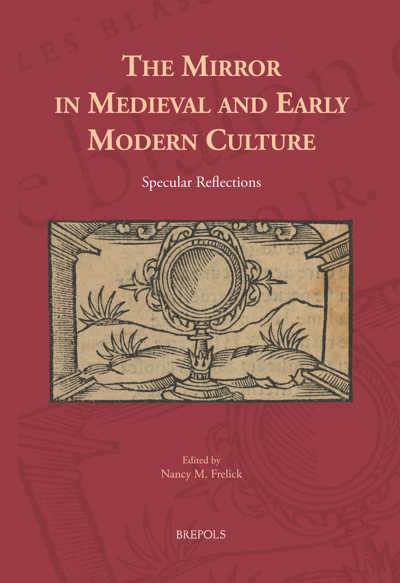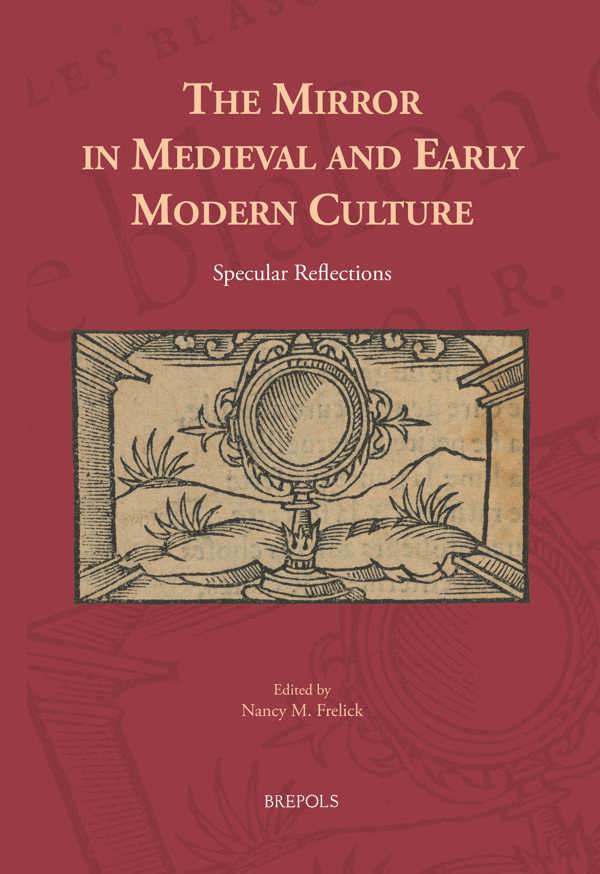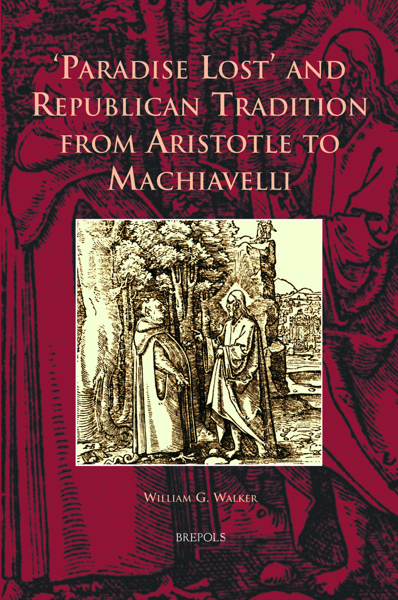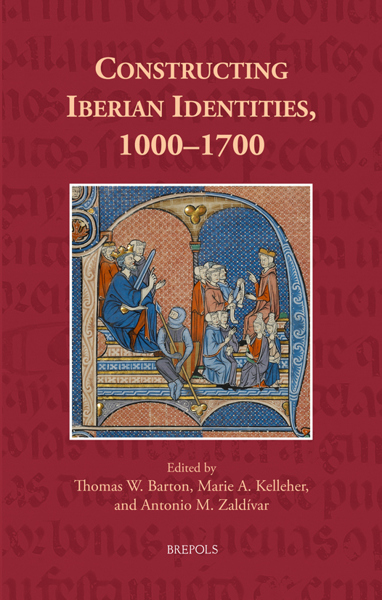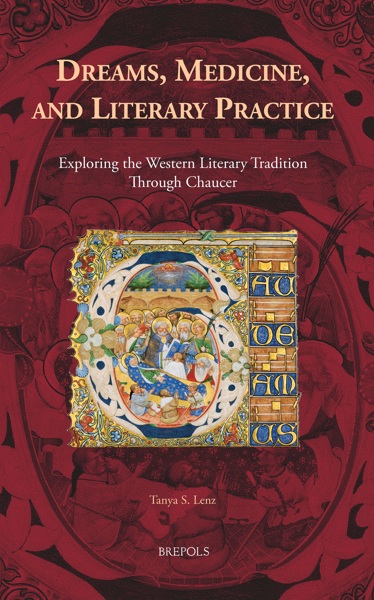
- Pages: 296 p.
- Size:156 x 234 mm
- Illustrations:9 b/w, 3 col.
- Language(s):English, French
- Publication Year:2016
- € 95,00 EXCL. VAT RETAIL PRICE
- ISBN: 978-2-503-56454-8
- Hardback
- Available
- € 95,00 EXCL. VAT RETAIL PRICE
- ISBN: 978-2-503-56564-4
- E-book
- Available
This engaging volume examines the intersections between material and metaphorical mirrors in medieval and early modern culture.
“Overall, the book itself is a strong in-depth introduction into the ways in which modern scholars can view the mirror as a gateway into understanding premodern interiority, identity, and scientific inquiry. The book highlights the ways in which the mirror stands as a connection between Western ideals of Christianity and philosophy and Middle Eastern philosophy, technology, and literature. Each essay has strong bibliographies for further research and the images and illustrations presented in the book aid in the unpacking of the essays.” (Mac Milmine, in Comiratus, 48, 2017, p. 239)
“L’argomento scelto ha offerto ricchi spunti per il suo potenziale interdisciplinare e per i differenti significati attribuiti nei periodi storici presi in esame agli specchi, che possono, infatti, essere variamente intesi come oggetti, strumenti e simboli.” (Mara Pontisso, in Studi Medievali, LIX/2, 2018, p. 914)
“Through these threads, and indeed many others, the volume invites dialogue with students and scholars across disciplines and periods, including those who engage with traditions not featured therein. The strength of the volume resides precisely in its resemblance to a hall of mirrors. Rather than exhaust the complexities of the study, the multiplicity of reflections within and across contributions illuminates ideas, approaches, and theoretical frameworks, generating new points of consideration and serving as a reminder of why the mirror continues to fascinate.” (Sanam Nader-Esfahani, in Renaissance and Reformation, 42/4, 2019, p. 223)
Mirrors have always fascinated humankind. They collapse ordinary distinctions, making visible what is normally invisible, and promising access to hidden realities. Yet, these liminal objects also point to the limitations of human perception, knowledge, and wisdom. In this interdisciplinary volume, specialists in medieval and early modern science, cultural and political history, as well as art history, philosophy, and literature come together to explore the intersections between material and metaphysical mirrors in Europe and the Islamic world. During the time periods studied here, various technologies were transforming the looking glass as an optical device, scientific instrument, and aesthetic object, making it clearer and more readily available, though it remained a rare and precious commodity. While technical innovations spawned new discoveries and ways of seeing, belief systems were slower to change, as expressed in the natural sciences, mystical writings, literature, and visual culture. Mirror metaphors based on analogies established in the ancient world still retained significant power and authority, perhaps especially when related to Aristotelian science, the medieval speculum tradition, religious iconography, secular imagery, Renaissance Neoplatonism, or spectacular Baroque engineering, artistry, and self-fashioning. Mirror effects created through myths, metaphors, rhetorical strategies, or other devices could invite self-contemplation and evoke abstract or paradoxical concepts. Whether faithful or deforming, specular reflections often turn out to be ambivalent and contradictory: sometimes sources of illusion, sometimes reflections of divine truth, mirrors compel us to question the very nature of representation.
Illustrations
Preface
Introduction — NANCY M. FRELICK
Aristotle’s ‘Bloody Mirror’ and Natural Science in Medieval and Early Modern Europe — BERTHOLD HUB
Specular Art and Science: Mirror Metaphor in Medieval Alchemical Texts — ANNA DYSERT
Adjusting the Mirror: A Political Remake of Brunetto Latini’s Li Livres dou Tresor — DAVID NAPOLITANO
Mirror Metaphors in Persian Sufi Literature — LEILA RAHIMI BAHMANY
Language as Mirror: Semiramis and Alexander in a Late Byzantine Romance — ALISON BERINGER
Sight Lines: The Mirror of the Mind in Medieval Poetics — SUZANNE CONKLIN AKBARI
Comme dans un miroir, comme dans un adage: Chatoiements et reflets de la reprise et de l’amitié — HÉLÈNE CAZES
Mirror/Window, Reflection/Deflection: Regulating the Gaze Inside and Outside the House in Gilles Corrozet’s Blasons domestiques (1539) — ELIZABETH BLACK
A Mosaic Mirror: Fracture and Fault Line of Ronsard’s Amours of 1552 — TOM CONLEY
Between Stage-Prop and Metaphor: Mirrors in Giovan Battista Della Porta and Giordano Bruno — SERGIUS KODERA
Portraits et miroirs dans les éloges collectifs de femmes au XVIIe siècle — JEAN-PHILIPPE BEAULIEU
The Reflection Sundial at Palazzo Spada in Rome: The Mirror as Instrument, Symbol, and Metaphor — ULRIKE FEIST
Select Bibliography
Index
